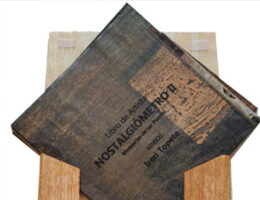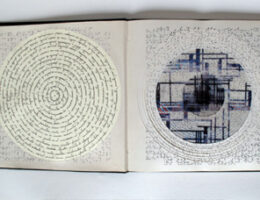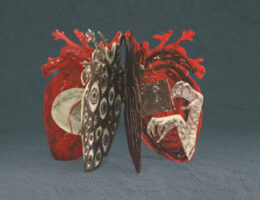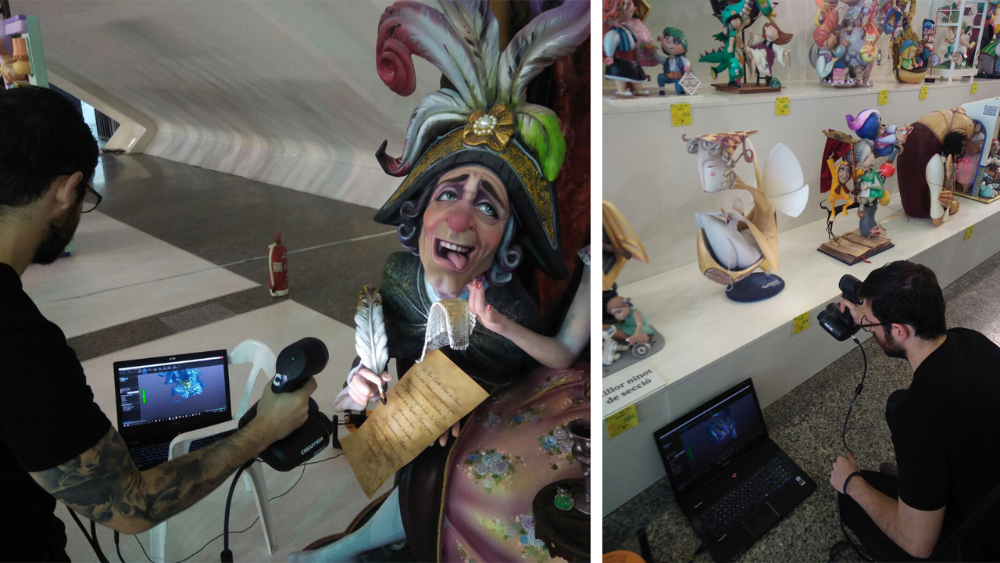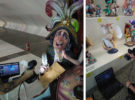El presente trabajo plantea la conservación virtual de la obra efímera, concretamente de los ninots de Falla exhibidos en la Exposición del Ninot, a través de su virtualización interactiva de modo que puedan ser recuperados en un “repositorio del recuerdo” tras su combustión. El reconocimiento de la Fiesta de Fallas por parte de la UNESCO como Patrimonio Inmaterial de la Humanidad en 2016 demanda una adaptación a los medios actuales de comunicación, conservación y difusión de la fiesta. Para el estudio se seleccionaron dos ninots, uno perteneciente a la Falla Plaza del Pilar, del artista Paco Torres y, el otro, de la Falla Espartero-Ramón y Cajal, del artista David Moreno, ambos de categoría Sección Primera, respectivamente. La digitalización 3d se llevó a cabo mediante un escáner láser portátil GO!SCAN50 de la compañía Creaform y, para el tratamiento digital se usaron distintos softwares VXelements (Creaform), VXmodel (Creaform), Zbrush (Pixologic), Keyshot (Luxion) y Repetier Host. El resultado ha sido la monitorización de los ninots de modo que pueden ser visualizados tras su destrucción y, ha permitido conservar virtualmente el ingenio creativo y la fiesta a través de una nueva experiencia inmersiva.
Abstract
This paper presents the virtual conservation of ephemeral art works, more specifically the so-called “ninots de Falla” from the Ninot Exhibition by means of an interactive virtualization so they can be recalled from “memories repository” after they have been burned (Fallas are burned every year). The inclusion on the UNESCO cultural heritage list of the Fallas festival in 2016 calls for an adaptation of current communication, conservation and dissemination of the festival. For this study two ninots from Falla Plaza del Pilar, from artisan Paco Torres and the other from Falla Espartero-Ramón y Cajal, from artist David Moreno, both from the First Rank, were selected. 3D scanning of these art works was done using a portable laser scanner GO!SCAN50 made by Creaform. Digital processing used various software including VXelements (Creaform), VXmodel (Creaform), Zbrush (Pixologic), Keyshot (Luxion), and Repetier Host. The result is that ninots can now be displayed after they have been destroyed and, this way creative ingenuity and the festivity are preserved through a new immersive experience.
Key Words
Ephemeral artwork, virtual conservation, 3D scanning, Ninot Exhibition, interactive repository
